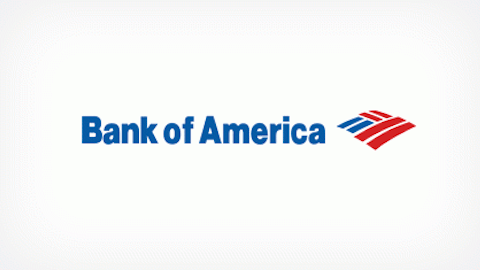The Senate Permanent Subcommittee on Investigations recently produced a 301-page report on JPMorgan Chase & Co. (NYSE:JPM)‘s “London Whale Trade” fiasco. The Committee’s findings should be extremely troubling to investors, politicians, regulators, and concerned citizens alike.
Quoting directly from the report, here’s what the investigation revealed specifically:
Over the first three months of 2012, JPMorgan’s Chief Investment Office,
used its Synthetic Credit Portfolio (SCP) to engage in high risk derivatives trading;
mismarked the SCP book to hide hundreds of millions of dollars of losses;
disregarded multiple internal indicators of increasing risk;
manipulated models;
dodged Office of the Comptroller of the Currency (OCC) oversight;
and misinformed investors, regulators, and the public about the nature of its risky derivatives trading.
In conclusion, the Subcommittee believes its investigation:
…exposed not only the high risk activities and troubling misconduct at JPMorgan Chase, but also broader, systemic problems related to the valuation, risk analysis, disclosure, and oversight of synthetic credit derivatives held by U.S. financial institutions.
This feels like a pretty damning portrayal of a bank whose balance sheet, according to a recent research report, is “almost one-ninth the size of the United States economy.” The size of just the Chief Investment Office Portfolio alone — which was the primary subject of this investigation — would make it the 7th largest bank in the country.

Photo Credit: WhisperToMe
Risk mis-management
Because banker compensation is biased toward encouraging risk-taking, banks rely heavily on independent lines of risk officers and their models to keep traders in line. JPMorgan Chase & Co. (NYSE:JPM)’s greatest strength is supposed to be that it has superior risk management to Bank of America Corp (NYSE:BAC) and Citigroup Inc (NYSE:C).
Here are some risk management failures that caught our attention:
1. From Jan. 1, through April 30, 2012, Chief Investment Office (CIO) risk limits and advisories were breached more than 330 times.
2. JPMorgan Chase & Co. (NYSE:JPM)’s Chief Risk Officer wasn’t aware of the risk problems that had already cost the bank $719 million until he read about them in the newspapers.
3. Even though the CIO was a $350 billion unit, bank managers kept giving different answers when the Subcommittee asked who its Chief Risk Officer was in late 2011. It turned out that the position was vacant in late 2011.
4. The CIO risk committee only met three times in 2011 and held its first 2012 meeting at the end of March. According to the JPMorgan Chase & Co. (NYSE:JPM) Task Force Report: “There was no official membership or charter for the CIO Risk Committee.”
5. According to the Subcommittee, “in 2011 and early 2012, risk managers played no role in evaluating and approving trading strategies.”
6. In January 2012, the CIO settled on an unusual strategy for reducing its risk-weighted assets. Instead of simply reducing risk by selling their position (which would lose money), traders also began purchasing new, risky positions. The trade lowered how they calculated risk-weighted assets and generated income that (temporarily) covered up losses on their existing position. It’s hard to overstate just how dangerous this strategy is.
7. CIO head Ina Drew said she never saw the “Decision Table” that outlined the various trading options for her in January 2012. Later, she conceded she received it as an attachment to an email, but did not focus on it.
8. On Jan. 26, 2012, trader Bruno Iksil (aka The London Whale) prepared a presentation for the CIO’s International Senior Management Group advocating a new trading strategy. Iksil proposed, “Go long risk on some belly tranches especially where defaults may realize” and “…turn position over to monetize volatility.” Drew admitted to the Subcommittee that the presentation was unclear to her, and she could not explain what it meant. The CIO’s Chief Risk Officer at the time also told the Subcommittee that the presentation seemed unclear. The OCC advised the Subcommittee that senior management should have understood the strategy before allowing billions of dollars in trades.




